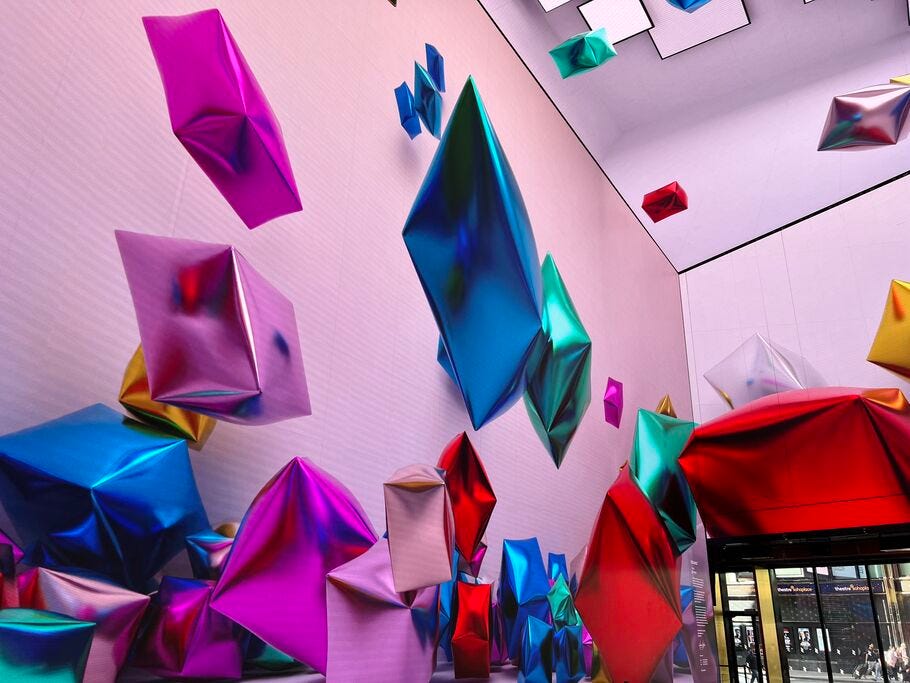Newsletter #174: The Changing Landscape
The digital art market skews young, with 87% of collectors under 40, suggesting a generational shift in art collecting habits.
This week’s featured collector is Synthcity
Synthcity has a wild and interesting collection of NFTs. Definetly worth a look. Browse their collection at lazy.com/synthcity
The results of last week’s poll: How much will a politician's stance on cryptocurrency influence your voting decision?
Last week’s poll results reveal an intriguing landscape regarding the influence of cryptocurrency stances on voting decisions. While a significant portion of voters (29%) report no influence from a politician's crypto position, a combined 60% consider it to some degree in their voting calculus. This suggests that cryptocurrency policy, while not a dominant factor, has become a notable consideration for many voters.
For NFT collectors, these findings indicate a growing awareness and potential political relevance of blockchain technologies. The fact that 36% of respondents view crypto stances as either important or a primary factor in their voting decision points to a substantial base of politically engaged crypto-aware voters. This could potentially lead to increased attention to blockchain and NFT-related policies in future elections.
However, it's crucial to note that the majority still do not consider crypto policy a primary voting factor. With 24% viewing it as a minor consideration and 29% reporting no influence, there's still room for the political importance of crypto to grow.
Thoughts on NFTs after the Boom
A recent thought-provoking editorial in Artsy argues that the digital art and NFT landscape has undergone significant evolution since the speculative bubble of 2021-2022, maturing into a more established and sustainable market. While NFTs remain a prominent part of this ecosystem, the scope of digital art has broadened to encompass various mediums, including digital painting and AI-generated art. This expansion is reflected in the increasing institutional adoption, with major establishments like the Centre Pompidou acquiring NFTs for their permanent collections.
Simultaneously, there's a renewed appreciation for early digital art pioneers, with prestigious venues such as the Tate Modern showcasing their work. The digital art world is also seeing the rise of purpose-built spaces like Outernet in London and Artverse in Paris, attracting millions of visitors and providing dedicated platforms for digital artists. Furthermore, digital art is gaining traction at major art events such as Art Basel and the Venice Biennale, signaling its growing acceptance within the broader art community.
Demographically, the digital art market skews young, with 87% of collectors under 40, suggesting a generational shift in art collecting habits. While digital art currently represents only 3% of high-net-worth collectors' expenditure, experts predict significant growth in the coming decades. The market is characterized by less speculation and more genuine appreciation for artists' works, indicating a maturing ecosystem. Importantly, digital art is increasingly seen as complementary to classical genres rather than competitive, enriching the art world with diverse and challenging forms of expression. This evolution presents exciting opportunities for collectors to engage with a wider range of digital art forms and potentially benefit from long-term market growth.
Read the full analysis at Artsy.
This week’s poll: How has your interest in NFTs changed in the past year?
We ❤️ Feedback
We would love to hear from you as we continue to build out new features for Lazy! Love the site? Have an idea on how we can improve it? Drop us a line at info@lazy.com




